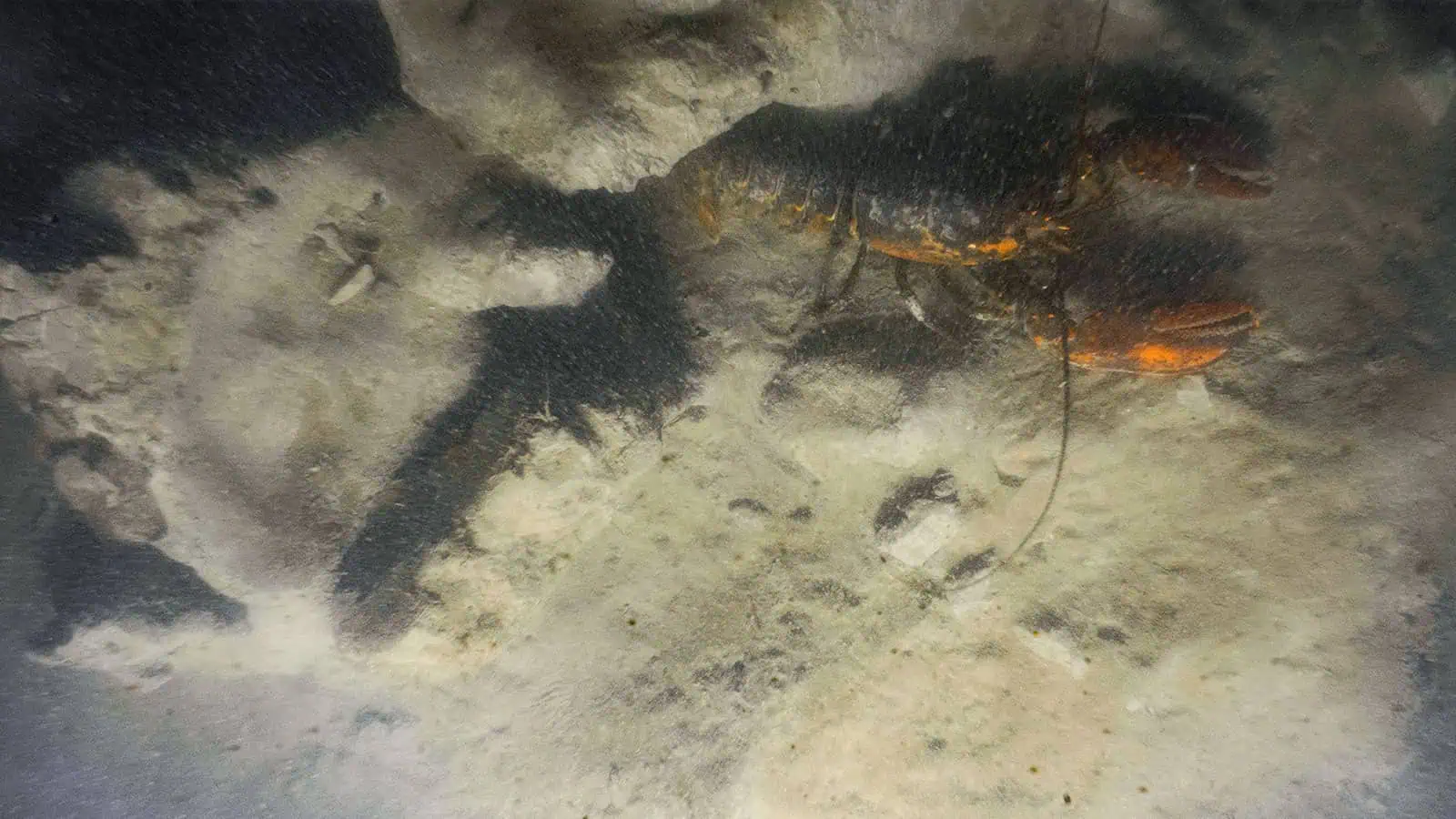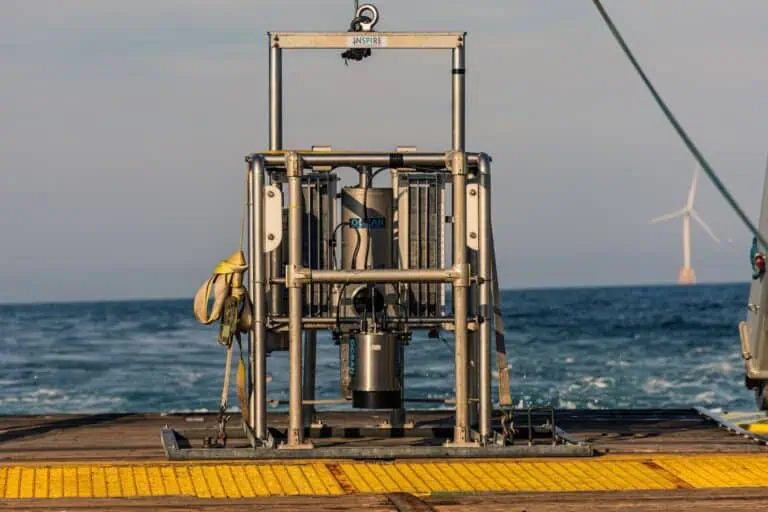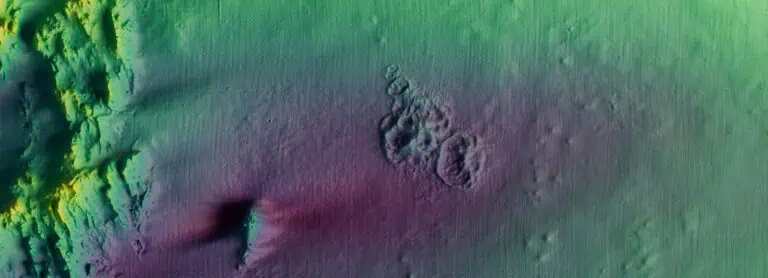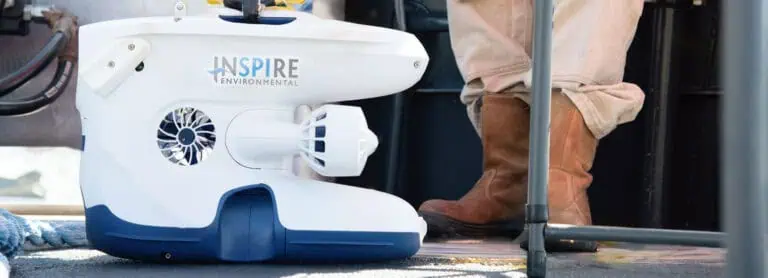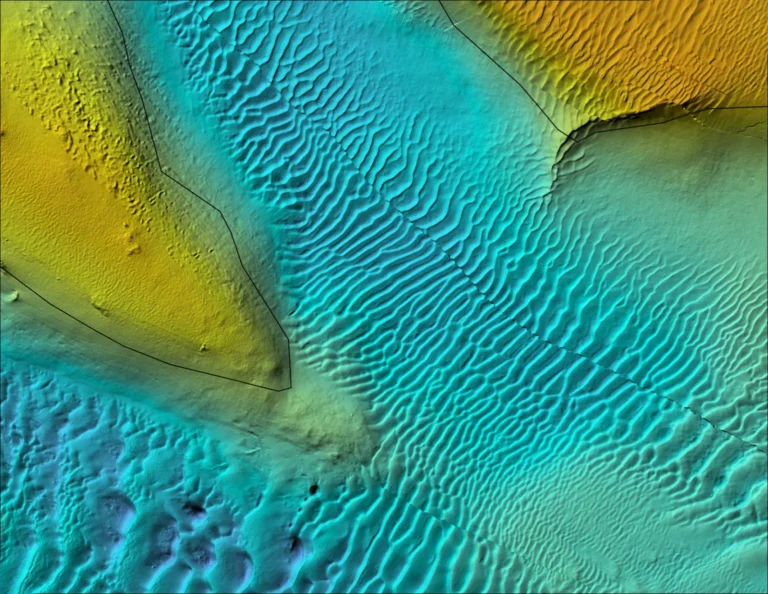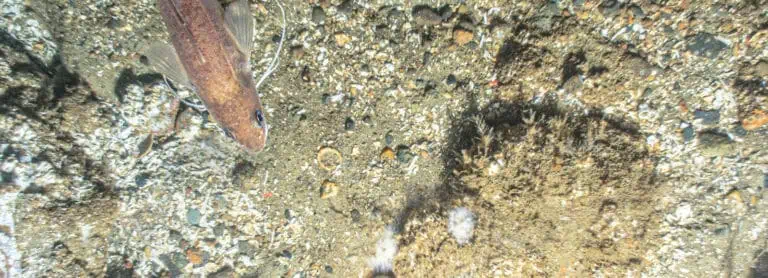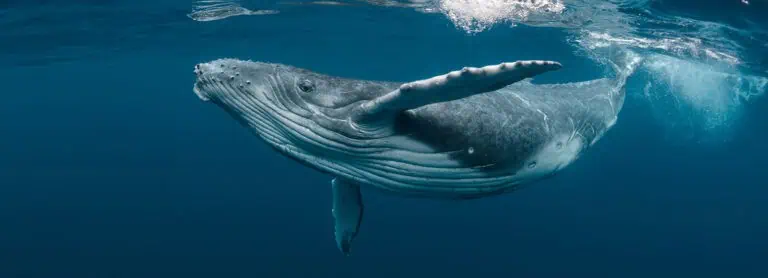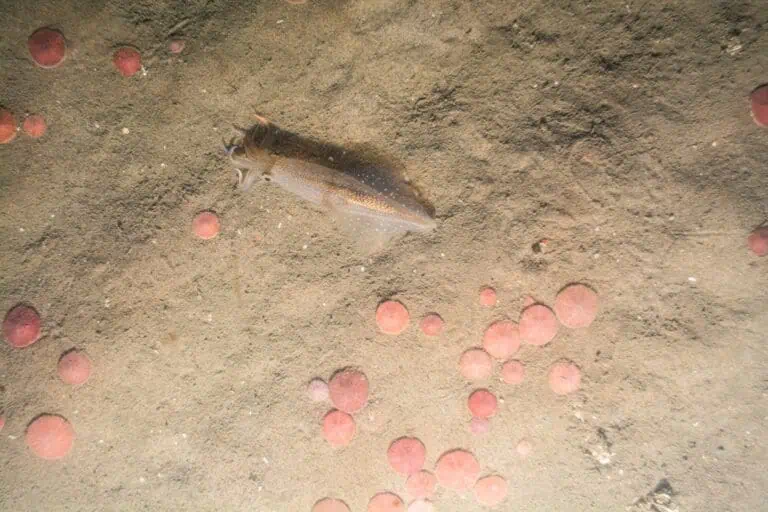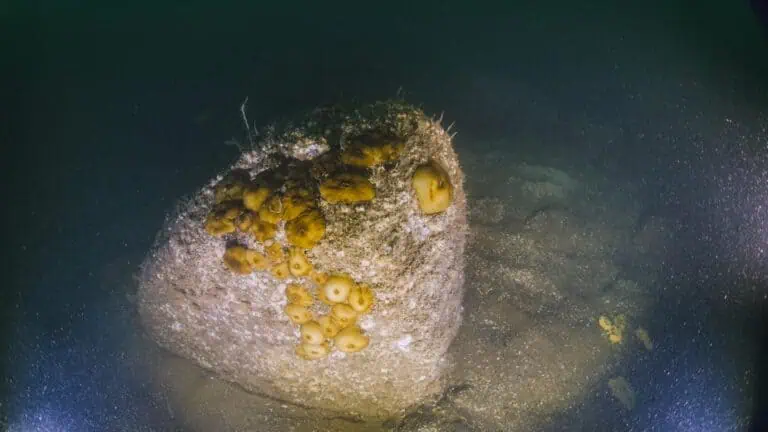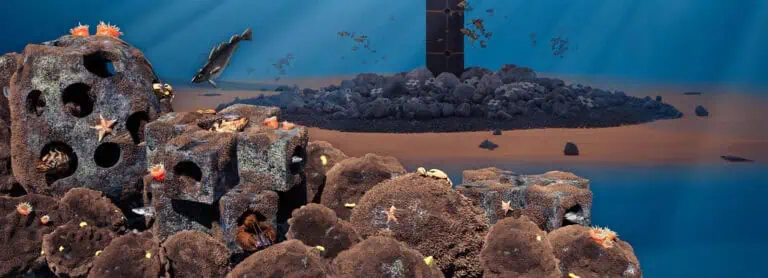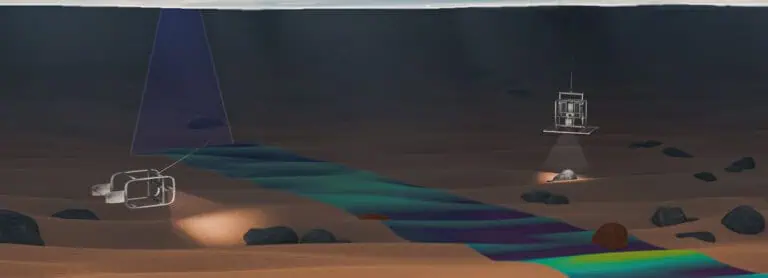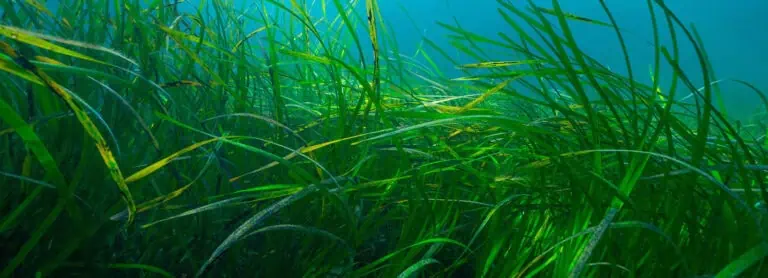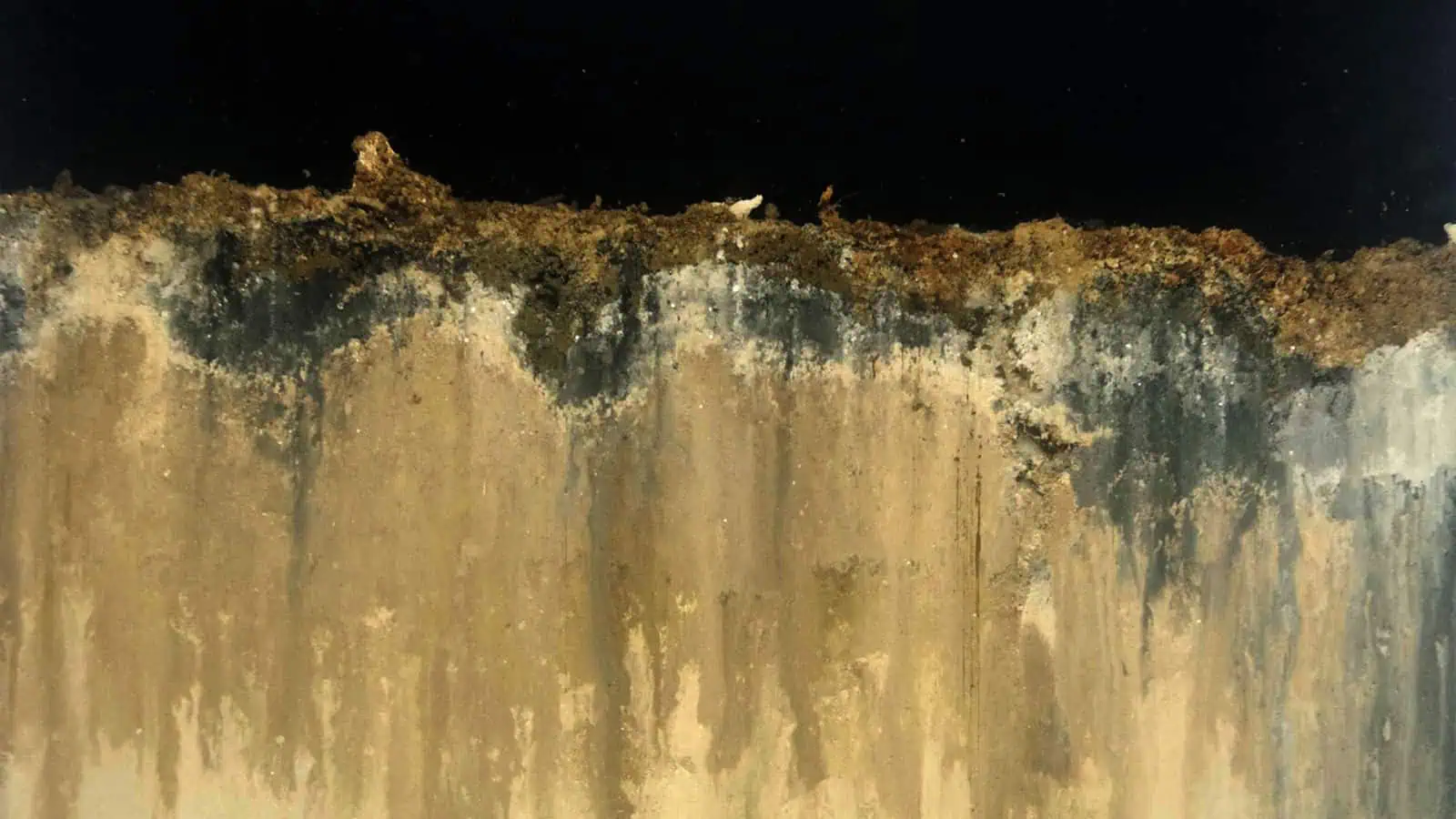
Deepwater Horizon Oil Spill
Our team was hired to help assess benthic environmental concerns following the Deepwater Horizon oil spill. Our approach was to obtain samples (SPI and PV digital images), using image sampling points co-located with sediment sampling points from previous surveys, to evaluate temporal changes in benthic conditions (short- and long-term), examine benthic conditions, and identify areas or strata that show potential impacts. Our work identified that the recovery trajectory mimicked benthic succession following organic enrichment that is widely recorded in coastal systems but not the deep sea.
INSPIRE scientists published two peer-reviewed articles on our ground-breaking findings regarding the response and recovery of the benthos to the deposition of oil and drilling mud from the Deepwater Horizon blowout and efforts to control the incident (Guarinello et al. 2022) and implications for collective understanding of deep-sea benthic function and re-thinking sampling strategies accordingly (Sturdivant et al. 2024).
Interested in speaking with us about your projects?
Contact INSPIRE Environmental today for additional Information about our services
Related Services
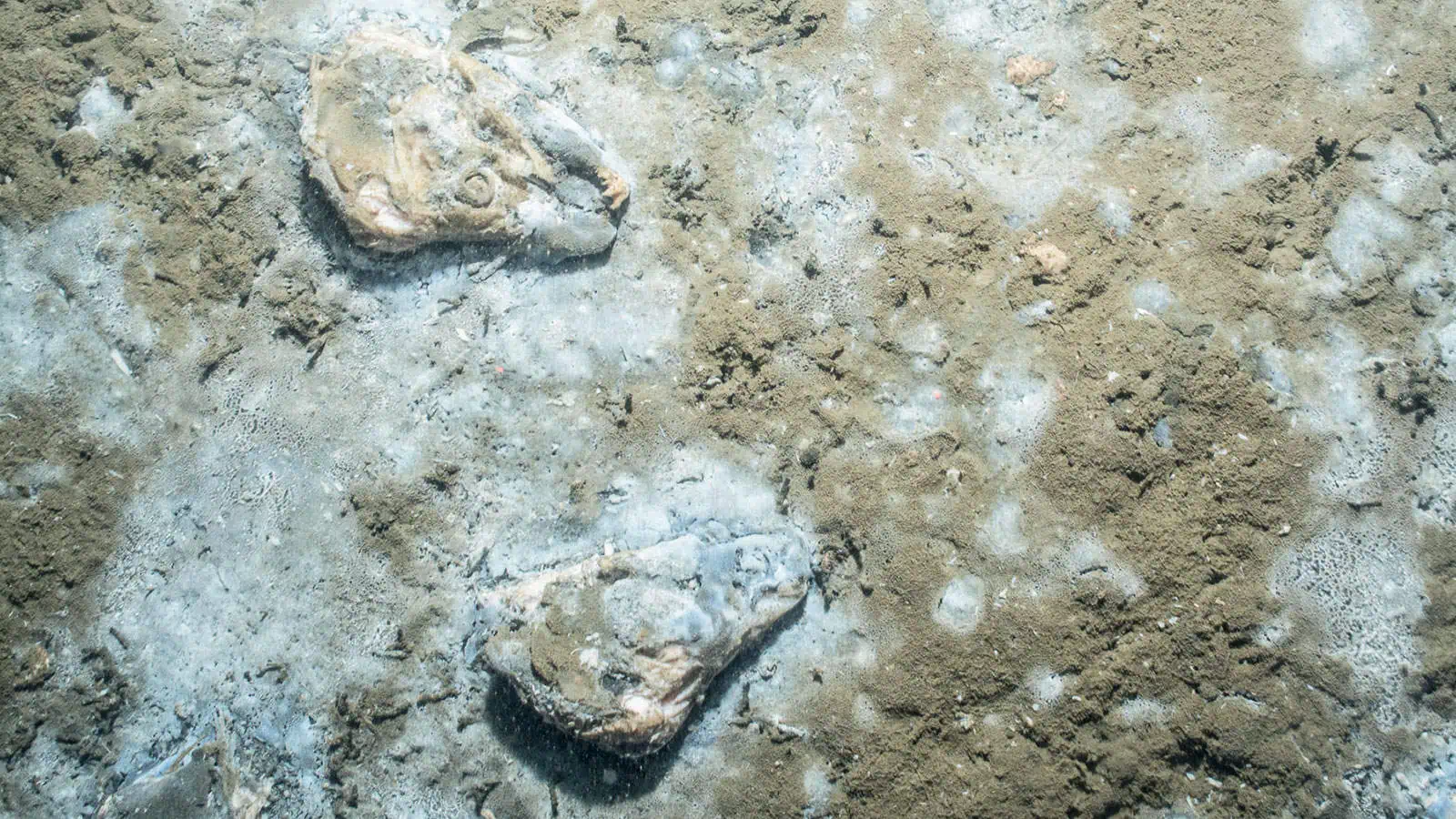
Mapping Seafood Waste Impacts
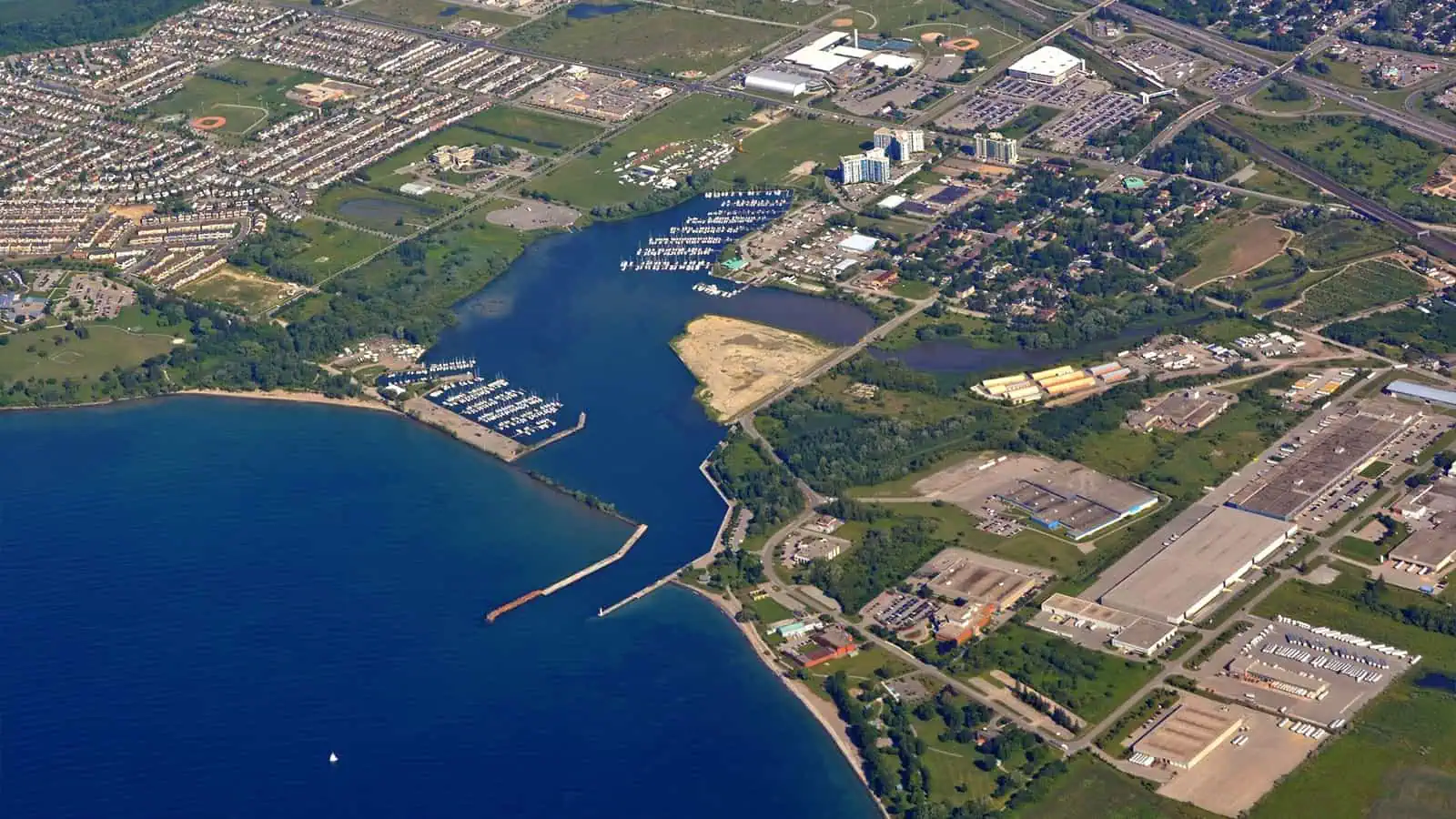
Refined Harbor Sediment Assessment, Port Whitby Marina, Canada
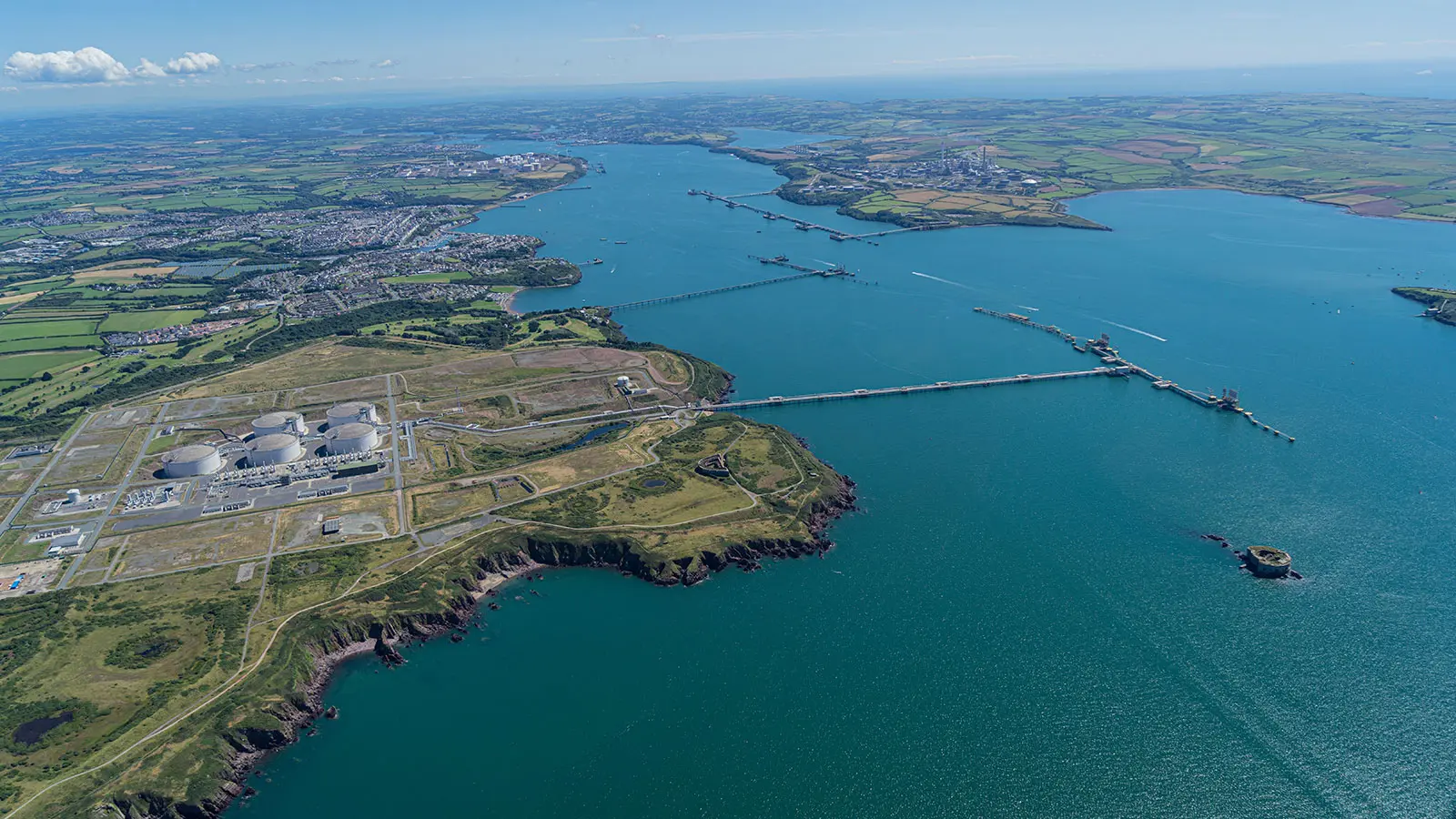
Mapping Milford Haven Waterway
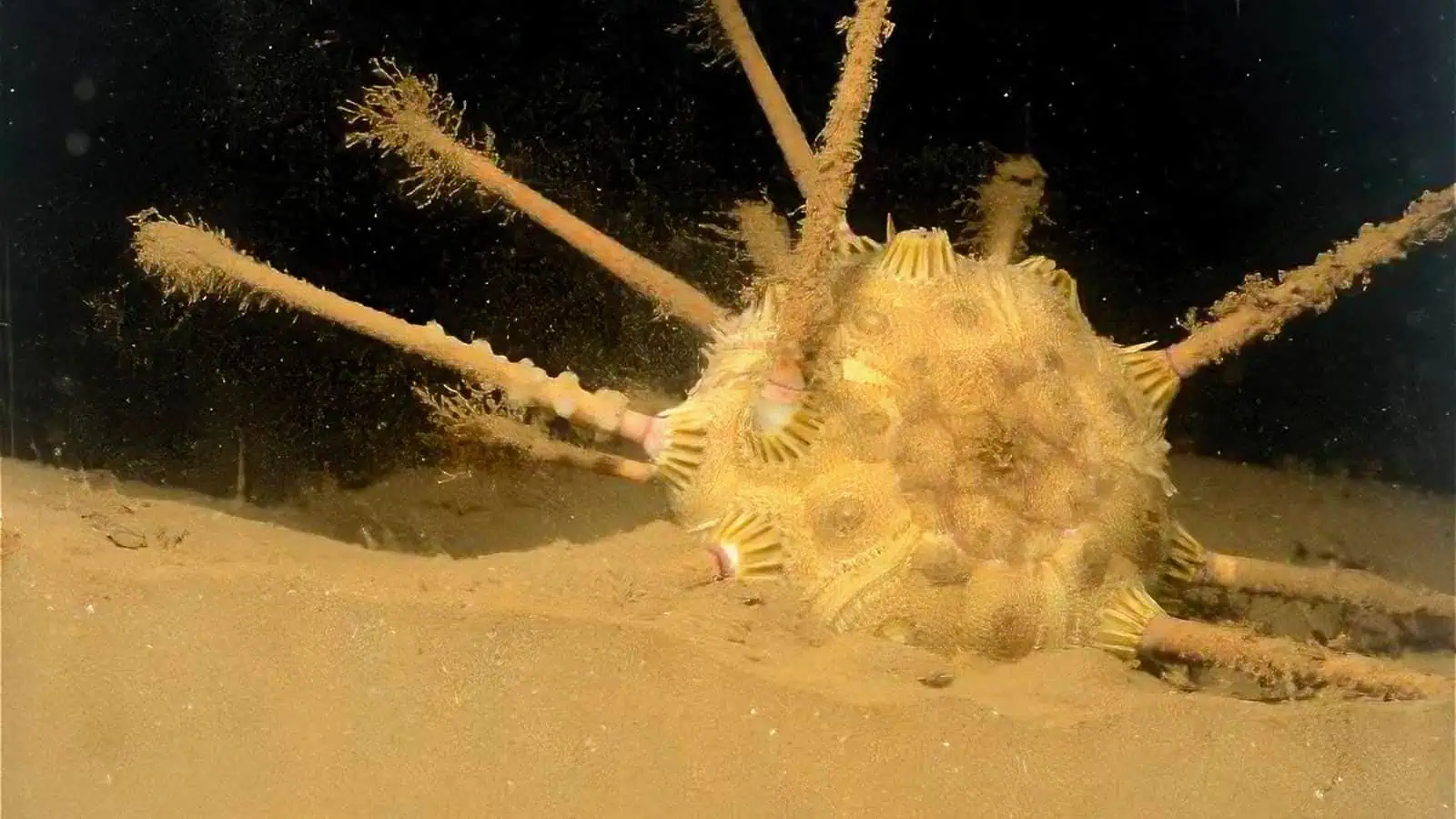
US EPA Dredged Material Monitoring
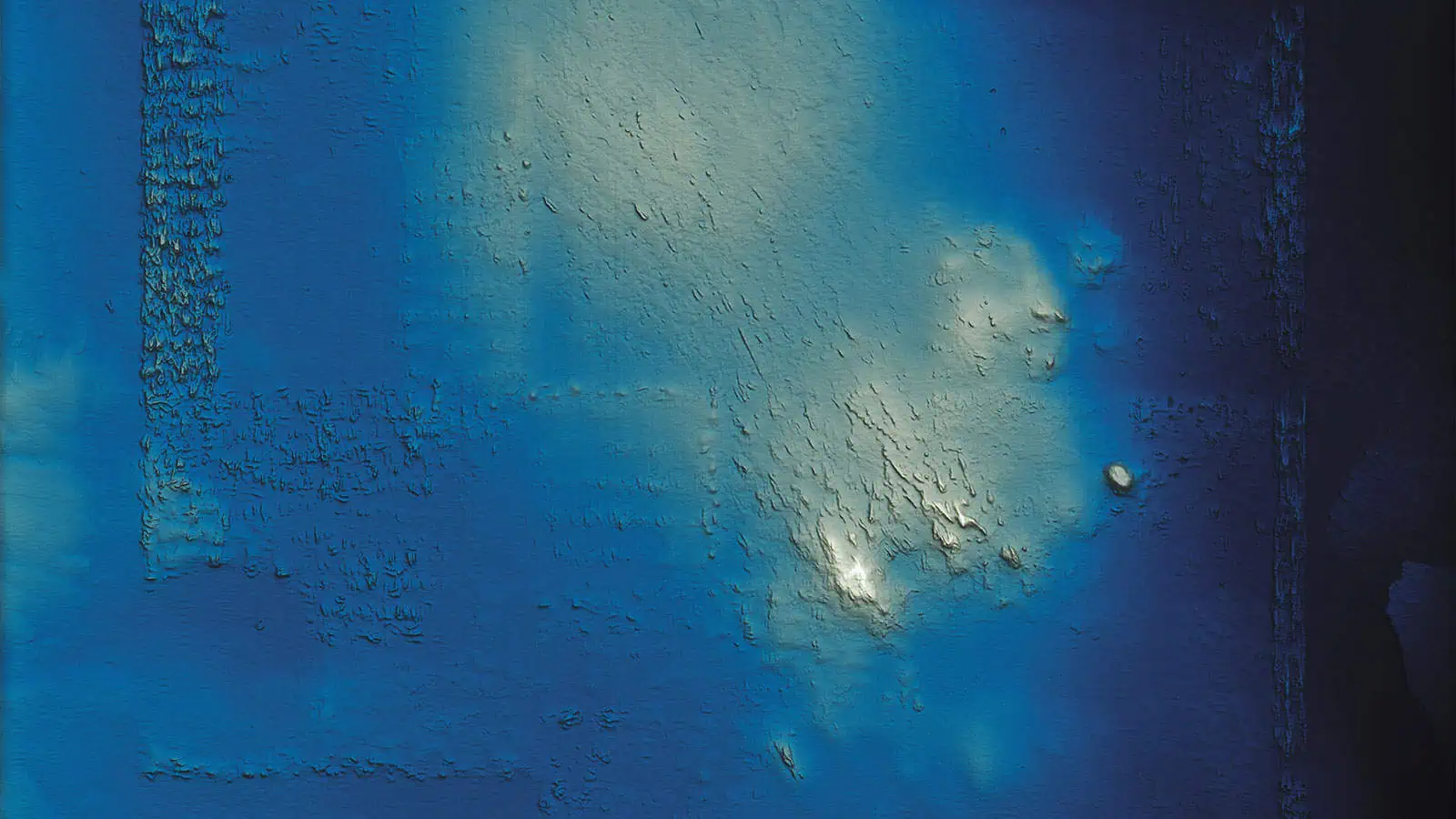
Monitoring of the Historic Area Remediation Site (HARS) (2019 – 2024)
